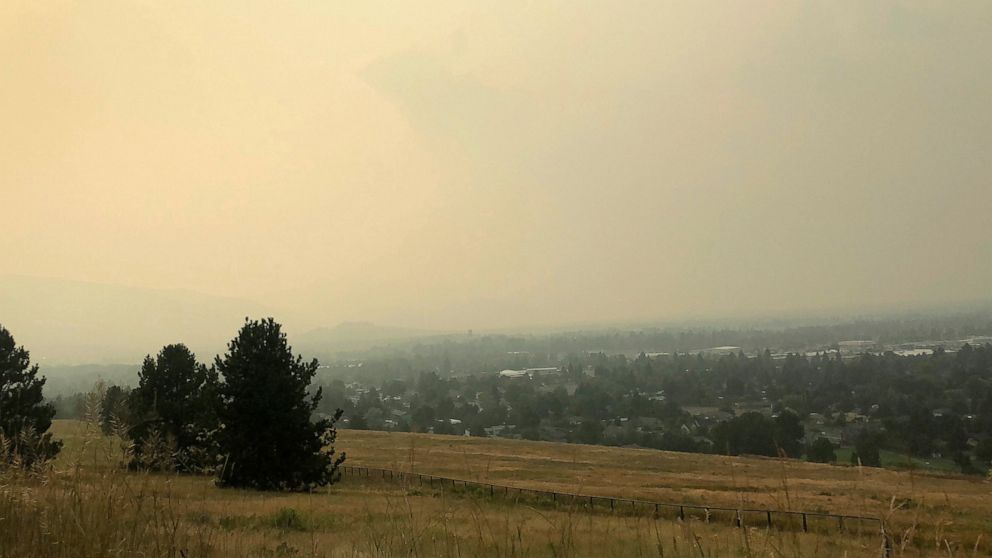
Gaps in wildfire smoke warning network leave people exposed
ABC News
Huge gaps between air quality sensors in the western U.S. have created blind spots in the warning system for wildfire smoke plumes sweeping North America this summer
BILLINGS, Mont. -- Huge gaps between air quality sensors in the western U.S. have created blind spots in the warning system for wildfire smoke plumes sweeping North America this summer, amid growing concern over potential health impacts to millions of people exposed to the pollution. Government programs to alert the public when smoke pollution becomes unhealthy rely on about 950 permanent monitoring stations and dozens of mobile units that can be deployed around major fires. Those stations are heavily concentrated around major cities on the West Coast and east of the Mississippi River — a patchwork that leaves some people unable to determine local risks from smoke, including in rural areas where air quality can quickly degrade when fires ignite nearby. The problem persists far beyond fire lines because wildfire smoke travels for thousands of miles and loses its tell-tale odor yet remains a danger to public health. The monitoring gaps underscore what officials and public health experts say is a glaring shortage of resources for a type of pollution growing worse as climate change brings increasingly long and destructive wildfire seasons to the U.S. West, southern Europe and eastern Russia.More Related News
